Vietnam U21 women's volleyball team at the 2025 U21 Women's World Cup - Photo: VOLLEYBALL WORLD
That is actually just a small part of the endless debate that has lasted for decades about fairness in women's sports .
Where to find the formula for fairness?
Shocking cases such as Imane Khelif (boxing), Caster Semenya (athletics) or a series of conflicts surrounding transgender issues in the American school system... all reflect a multi-dimensional and complex perspective on the issue of demanding justice for women.
Imane Khelif, the Olympic middleweight boxing champion, has become the center of controversy after being banned from competing in the 2023 world championships for failing to meet the International Boxing Federation (IBA)'s gender criteria.
However, the International Olympic Committee (IOC) later allowed this athlete to compete at the 2024 Paris Olympics. The incident caused the press and politicians to speak out.
A similar situation happened to Caster Semenya - a South African athlete who was forced to lower his testosterone to compete in the middleweight category - causing public opinion to ask: is fairness in sports being protected or being violated?
In the US, dozens of states have enacted laws banning transgender athletes from competing as their identified gender, especially in schools, creating a dilemma between individual rights and sports fairness.
Faced with such a tense situation, many international sports organizations have tightened gender testing. World Athletics has just issued a new regulation requiring all female athletes to undergo a single SRY gene test (male sex determination gene), via a dried blood sample or cheek swab. If SRY is found to be positive, the athlete will be disqualified from the female category.
Similarly, the World Boxing Federation also announced a mandatory chromosome testing policy, specifically to determine whether or not there is a Y chromosome, before being allowed to compete in the female system.
Even US President Donald Trump once announced he would establish a task force to conduct rigorous gender checks on female athletes at the 2028 Los Angeles Olympics. He also signed an executive order banning transgender women from competing, marking a significant political intervention in sports.
Imane Khelif caused a lot of controversy when he won the boxing gold medal at the 2024 Paris Olympics - Photo: GI
Don't be dogmatic.
The question, though, is: are these testing methods really enough to solve the problem? The history of gender testing, or more broadly, testing for all signs of interference and cheating in women’s sports, has been fraught with controversy.
The oldest was direct testing ("genital check") in the 1950s - 1960s, then moved to chromosome testing (Barr body, then PCR in the 1990s), then to hormone testing such as testosterone (male sex hormone) from the 2000s.
However, all have limitations: chromosomes do not reflect fully, hormones are unstable, and sadly, some intersex athletes are disqualified due to confusion or poor scientific bias.
Medical and legal experts have pointed out many inconsistencies in the testing policy. Athlete Caster Semenya was forced to lower her testosterone to a level “lower than the average female athlete”. But is that really enough?
Research shows that many non-hormonal factors such as arm length, heart and lung structure, and body shape have even greater effects than male hormones. And having high testosterone levels does not necessarily mean you will have a big advantage in the female game.
The case of Maria Jose Martinez Patino (Spain) is a proof. She was disqualified in 1985 because of her XY chromosome, but did not have AIS (Androgen Insensitivity Syndrome). Patino was ruthlessly eliminated from sports competitions even though science later proved that this Spanish athlete did not benefit from testosterone.
Finally, from the case of Patino, the scientific community fought successfully, forcing the IAAF (International Association of Athletics Federations) as well as the IOC to abolish this testing method in the late 1990s.
Meanwhile, complex biological conditions such as Swyer syndrome (XY female, no functional gonads, hormone treatment required for puberty) hinder any simple assumptions about whether there is an advantage to participating in female sports.
Many other disorders of sex development (DSDs) such as 5 alpha reductase deficiency (5-ARD) result in people being born female but gradually changing to male patterns during puberty.
There are nearly 10 diseases and syndromes that show that female athletes have many biological characteristics of men, but whether or not they get an advantage from them is still a matter of endless debate among scientists today.
In a gender-based arena, sports administrators have a responsibility to constantly prevent the presence of gender bias. But not everyone who displays gender bias is a cheat, or has an advantage…
The ban on Patino is considered a great injustice, changing the history of gender testing in sports - Photo: DW
Tuoitre.vn
Source: https://tuoitre.vn/xac-dinh-gioi-tinh-van-dong-vien-cuoc-tranh-cai-bat-tan-trong-the-thao-20250813223609833.htm


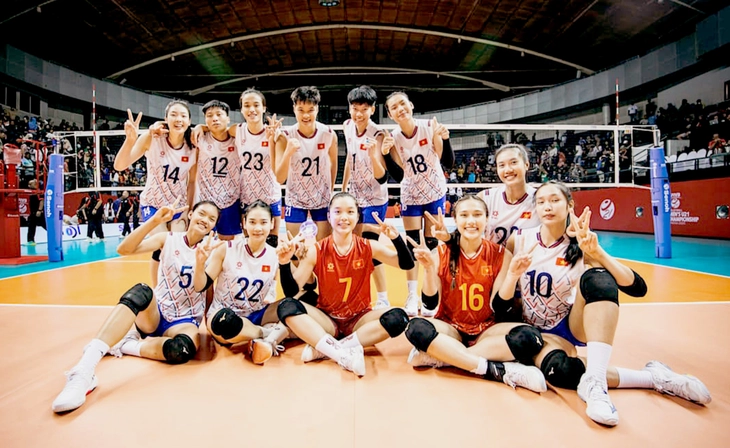
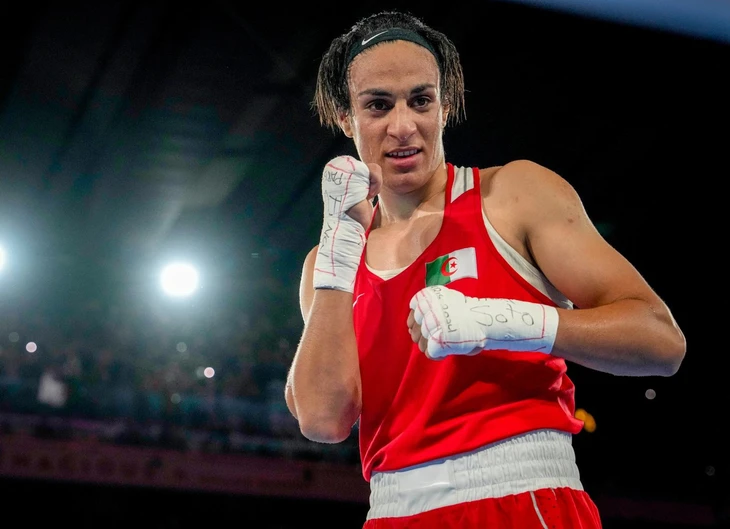
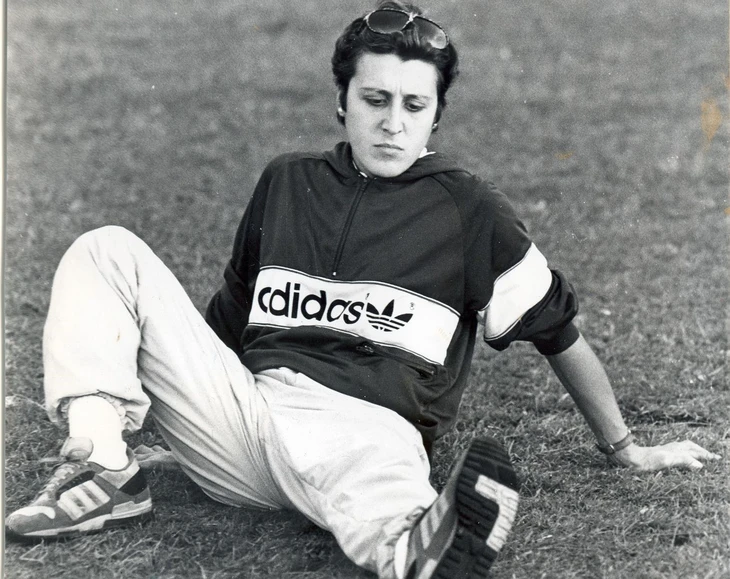






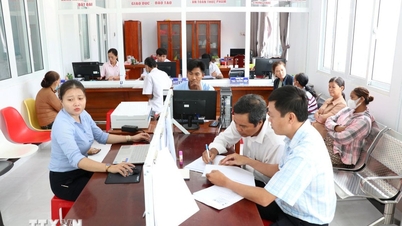



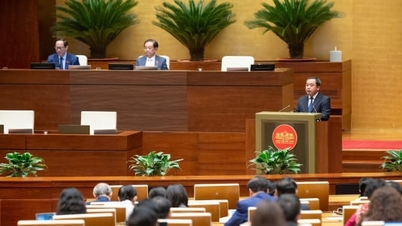

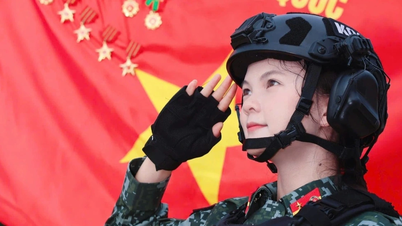

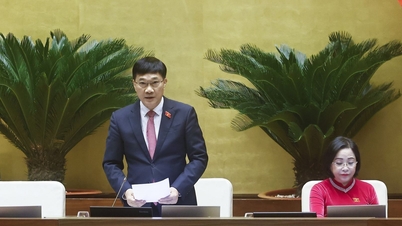





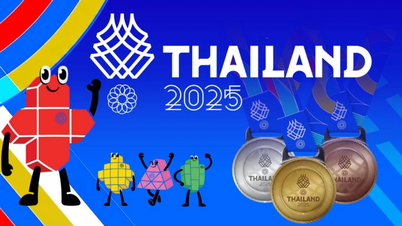
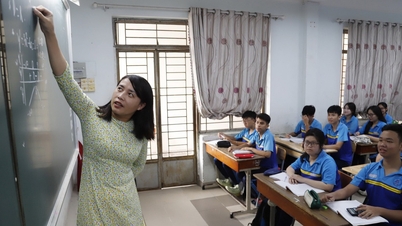


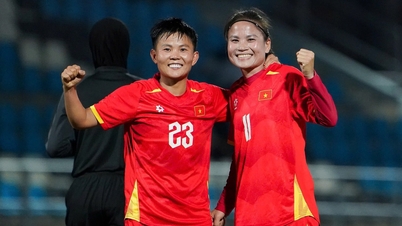

















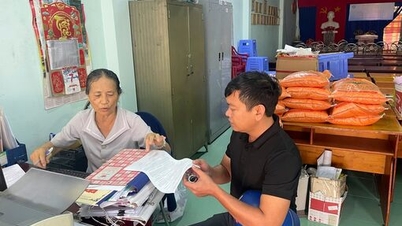








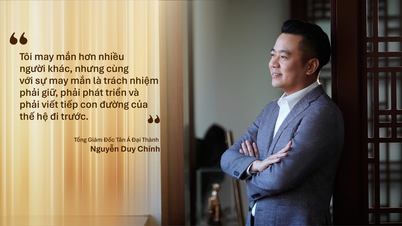






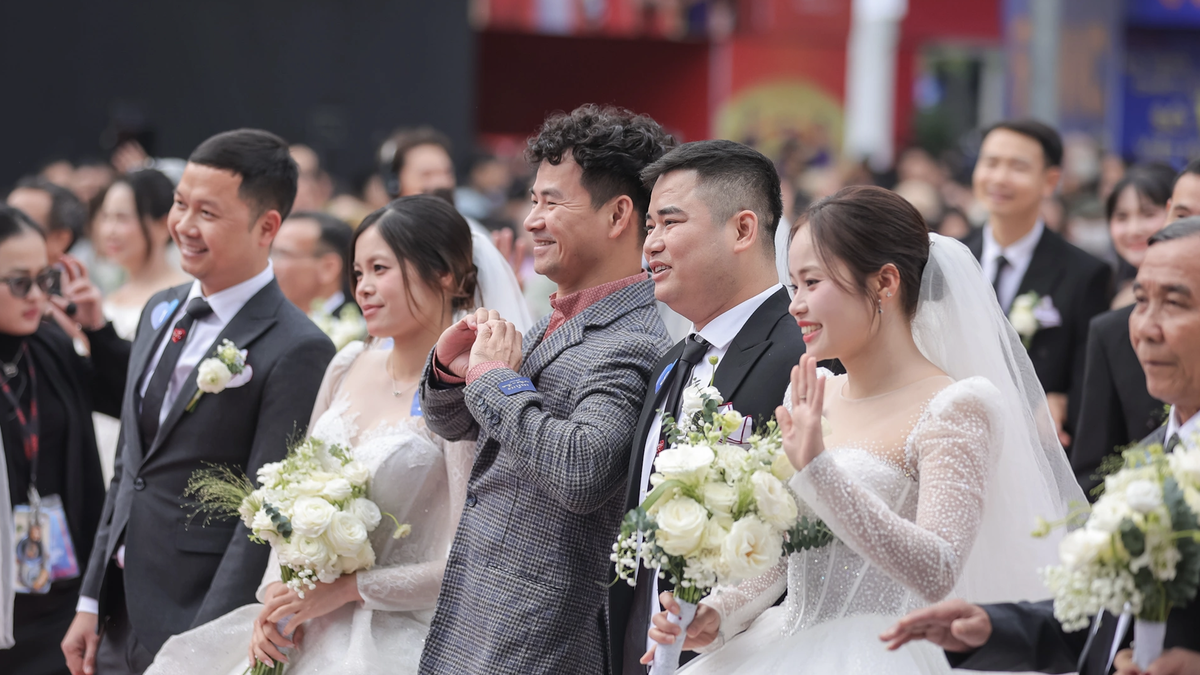



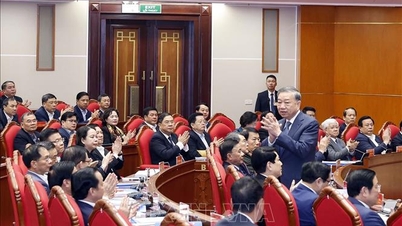
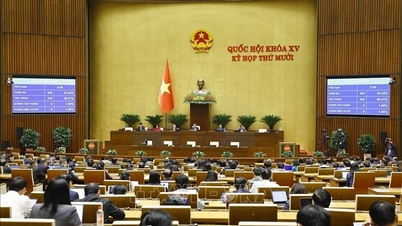


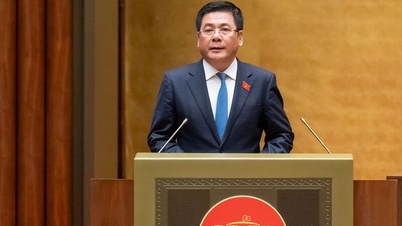

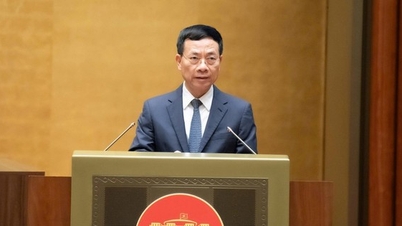











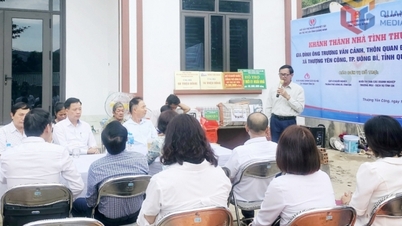






















Comment (0)